I'm analyzing some data and would like to do a Simpsons paradox on R. I've installed the Simpsons package and loaded the library. Here is an example based on the package documentation:
---
output: html_document
---
```{r}
library(Simpsons)
#generating data
Coffee1=rnorm(100,100,15)
Neuroticism1=(Coffee1*.8)+rnorm(100,15,8)
g1=cbind(Coffee1, Neuroticism1)
Coffee2=rnorm(100,170,15)
Neuroticism2=(300-(Coffee2*.8)+rnorm(100,15,8))
g2=cbind(Coffee2, Neuroticism2)
Coffee3=rnorm(100,140,15)
Neuroticism3=(200-(Coffee3*.8)+rnorm(100,15,8))
g3=cbind(Coffee3, Neuroticism3)
data2=data.frame(rbind(g1,g2,g3))
colnames(data2) <- c("Coffee","Neuroticism")
example <- Simpsons(Coffee,Neuroticism,data=data2)
plot(example)
```
This is returning a plot with 3 clusters (exactly what I need). However, when I Knit the Rmd file to HTML, I'm getting a lot of equals signs (======) with a percentage next to it like a loading grid which I would like to remove from my final output.
